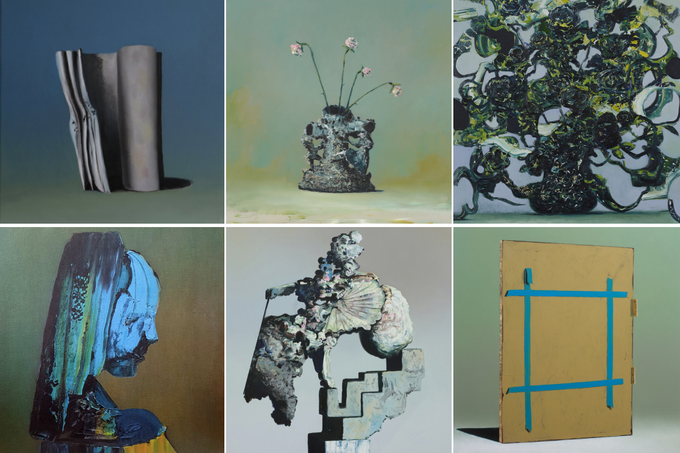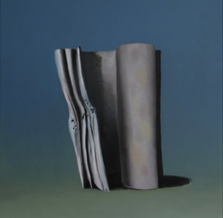Everywhere at the End of Time Overview and Analysis
February 10, 2022
Everywhere at the end of time is a 6 hour “simulation” album of what it feels like to experience the progression of Alzheimer’s Disease (also known as senile dementia). The album was electronically created by artist ‘The Caretaker’ with alias Leyland Kirby in 2016. The album is known for its hauntingly sounding loops of ballroom recordings that are described to be a “once familiar sound.” The album is split into 6 stages (or phases), with each stage getting progressively “fuzzier”, “morphed” and “memory losing” to clearly depict the later stages of Alzheimer’s.
The people who have sat through the album (like me) has described it as “beautifully horrifying comfort”. The album struck popularity throughout people in 2020, creating reactions and reviews of the album. Needless to say, everyone had their own interpretations of the album and how it made them feel. The album’s most popular song is easily the very first song of the 6-hour simulation. “It’s just a burning memory” is the starting song of the album (also known as A-1). It is to be known that some of the songs that the caretaker incorporates into this album are older songs like the 1978 “Moonlight and shadows” by orchestra with Russ Morgan, or the 1931 “Heartaches” by Al Bowlly.
Along with the 6 phases of Everywhere at the End of Time (Daydream, denial, reality, rupture, horror, and ‘ ‘), there are also a piece of artwork correlating with each general phase of the album and vibe of it. These pieces have a psychological play into the feeling of the album. I have never seen an art piece describe a series of songs as closely as these.
Going into stage 1 with the art piece “The last of the great days”, this artwork is some sort of a rolled-up newspaper with an ombre blue background, this artwork is the most visually calming in my opinion. It very nicely depicts just a simple memory of a point in time… unaware of the troublesome future.
Stage 2 with the art name “Refusal”; this is my favorite piece throughout the whole album; the slowly crumbling flower vase very closely resembles the true beauty and art of the transition into a ‘fading reality’.
Going into the stage 3 artwork “Broken”, the bold green colors are genuinely nice in this. I think it displays the more distorted-ness of the album especially with this being the halfway mark, it is more chaotic and describes the overlapping repetitive sorrow of someone in the later stages of Alzheimer’s.
Stage 4, “Confusion”. By the name itself, you can only imagine that the thoughts have slowly started to fade away. A ‘lost’ and ‘uncertain’ state. This piece is some sort of human head but without any of the memorable and visible features to base this person off.
Stage 5, “Familiarity”; the most abstract of pieces of artwork. The colors are dull, and nothing in the piece is tangible, you can only assume that the memory loss is in full effect basing off the complex simplicity.
Finally, stage 6, “Nothing”. This art piece is the clearest out of any others. Personally, I think this represents acceptance. “Calm after the storm” possibly. It seems to be a upright cardboard box with painters’ tape lining it.
Overall, this has been an amazing experience for me and others. Music is a universal language that can tell a story, but for me and millions of others this has opened a whole different feeling of music. The uncertainty, but familiarity of the whole album makes for a very inclusive experience for the listener, the eeriness of everything also makes for some sort of psychological moodiness. I would recommend this to anyone who is willing to experience these excessive feelings and emotions, fully putting yourself in tune with one experiencing this senile dementia.


David Osgood • Oct 13, 2023 at 7:54 am
Nice article!